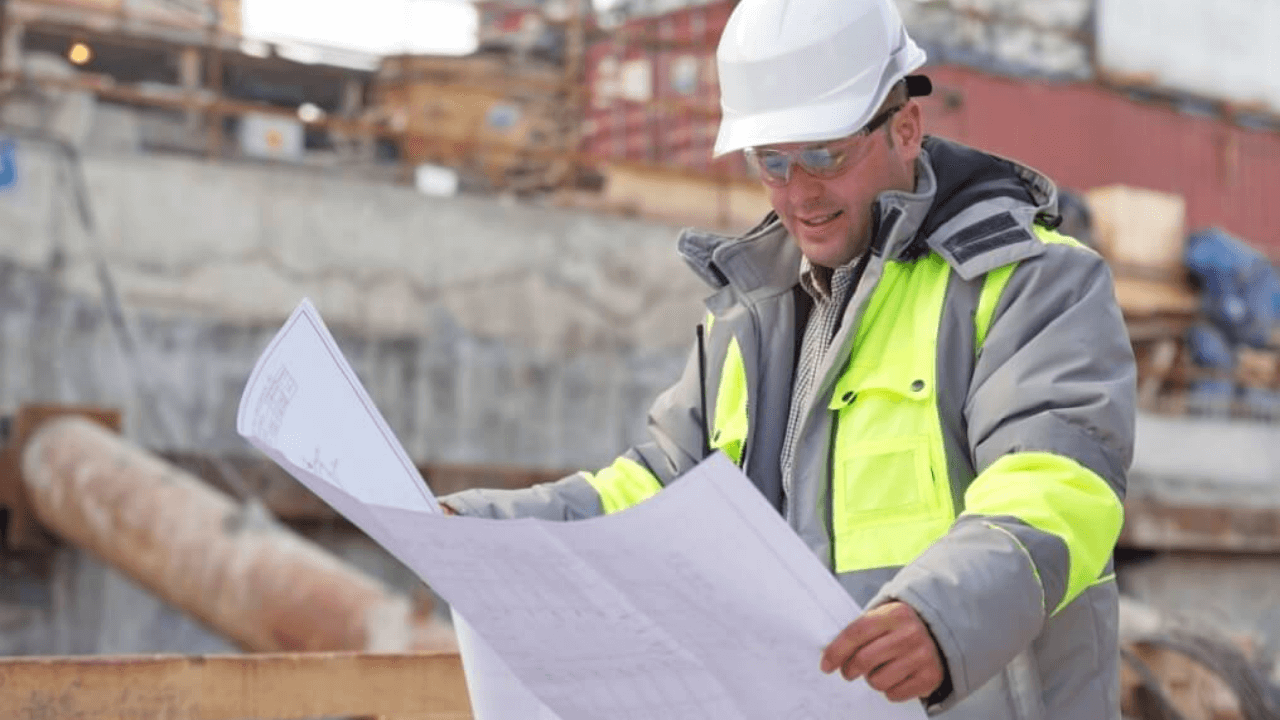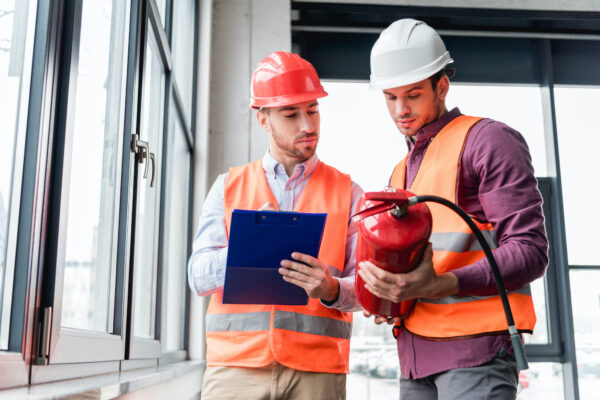Dynamic Risk Assessment
As a business owner or manager, you have to expect the unexpected. With the best will in the world, you simply can’t predict every hazard that your workforce might encounter. But with Dynamic Risk Assessment, you can make sure that you are prepared to respond to any eventuality so that people can continue their work as safely as possible.
Dynamic Risk Assessment involves observing, assessing, and analyzing health and safety issues as they arise, and making quick decisions on the spot to deal with new hazards and changing situations.
You might be wondering what makes a risk assessment dynamic, and how it works in practice. This post will explore all you need to know about Dynamic Risk Assessment.
What is Dynamic Risk Assessment?
Your work is constantly influenced by change, and you need to be ready for anything. Dynamic risk assessment is the continuing practice of identifying and dealing with potential hazards within your business that are typically hard to predict.
In contrast to a formal Risk Assessment, which is conducted in advance to anticipate risk and mitigate harm, Dynamic Risk Assessment is an ad hoc process of responding to new or changing work environments on the spot. Some typical situations that would require a Dynamic Risk Assessment include:
- Working remotely or in changing environments
- Responding to human error or danger
- Unexpected weather or environmental conditions
- Working in high-risk areas
- Working around the general public
- When visitors or clients come to your business
- Site visits and visiting clients’ homes
You should think of Dynamic Risk Assessment as a complement to your formal Risk Assessment procedure. Of course you want to catch any possible hazards in advance, but Dynamic Risk Assessment helps you to fill in the gaps where that;’s not possible. You need to be flexible and prepared to continually assess your working environments in real time.
Why is Dynamic Risk Assessment important?
You might be wondering why you need to bother with Dynamic Risk Assessment, since you are already putting a lot of time, effort and money into the more formal (and legally required) Risk Assessment process, but Dynamic Risk Assessment is the in-the-moment safety net to protect the people you work with from hazard that cannot be anticipated by a Risk Assessment.
Life, and work life, can be unpredictable. New and changing environments and work situations mean that fresh hazards can arise at any time. Especially if someone’s work takes them to locations where no specific formal Risk Assessment is in place, such as a client’s home, or if they are meaning with people whose behaviour may be unpredictable, aggressive, or abusive, a Dynamic Risk Assessment will help them to identify potential hazards, and make important decisions about how to keep themselves and others safe.
Dynamic Risk Assessment doesn’t replace formal Risk Assessment, but since you never really know what is going to happen, it is vitally important to make sure that you and the people you work with have safety at the forefront of their mind all the time.
How does Dynamic Risk Assessment work?
You might be thinking that Dynamic Risk Assessment is basically just a matter of using your common sense. This is true to a degree, but to really make sure that you are effectively protecting your own safety, and that of the people that you work with, it’s worth being conscientious about how you respond to emerging risk and hazards.
Here are some tips for a successful Dynamic Risk Assessment:
Assess the risk at the door:
You can get a good idea of the risks you face as soon as you arrive in a new situation. When you enter a work location (e.g. client’s home or new industrial site), look around, and identify any immediate hazards or obstructions you can see, considering how dangerous the site is as well as the likelihood of an accident taking place. Make sure you have a clear route of entry, and an exit strategy.
Be aware of the human danger:
In any situation, it helps to know who you’re dealing with. People are the greatest risk factor in any given situation, and if your work involves meeting clients or dealing with members of the public, you should pay attention to any signs (e.g. appearance, speech, or body language) of emotional distress, distraction, intoxication, or aggression that could cause violence or other danger. If you are at all unsure or afraid that you may be exposed to human danger, remove yourself from the situation. Trust your instinct!
Be proactive and make decisions:
You need to instantly assess the level of risk involved, and how you should proceed. If there has been a formal Risk Assessment for this work, is it still valid in this context? Is it safe to continue? You might need to take immediate action to safeguard against a risk, or you might need to exit the situation for your own safety.
Communicate clearly:
You need to be able to communicate clearly in the moment to make sure the relevant people understand what is happening. Who you talk to, when, and how, will depend on the nature of the situation you are in. You might report emergent hazards to a site manager or supervisor as soon as possible, but if you find yourself in immediate danger you should get yourself to safety and report after the fact. If you decide to take action to mitigate risks, make sure that people understand what is happening by communicating your decisions and new procedures clearly.
Record and communicate your findings:
Your Dynamic Risk Assessment should be documented and recorded to help improve future safety measures. In the case that a situation like this happens again, you’ll also have a point of reference on where to begin when it comes to safety, and a record to check in with in case anything goes wrong.
You might have time to take notes in the moment, but you can also record events after the fact.
Wherever you go, the chances are you’re already carrying out risk assessments in your head. Dynamic Risk Assessment involves taking a professional and responsible approach to hazard awareness and mitigating risk. The best way to achieve this is by accessing additional training to help your staff develop these crucial in-the-moment decision-making skills.
There are some things that just just can’t predict or control, but you can be ready to deal with anything if you have a positive and proactive attitude. Knowing how to conduct a thorough and accurate Dynamic Risk Assessment is the best way to be alert to new and changing situations, aware of potential hazards, and confident in making spontaneous decisions about safety.
Dynamic Risk Assessment isn’t a replacement for formal Risk Assessment. It’s a unique and important skill that can be learnt, and which will make people more comfortable and confident going about their work.
Does your work involve changing locations and situations? Leave a comment here to join the discussion about Dynamic Risk Assessment!





